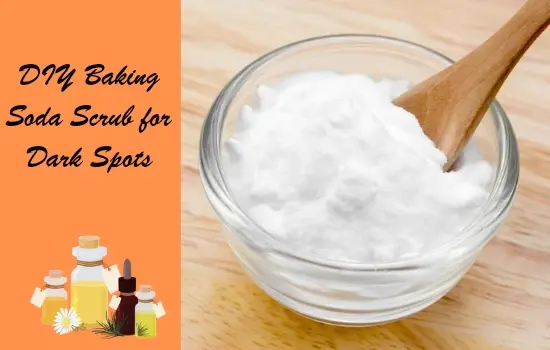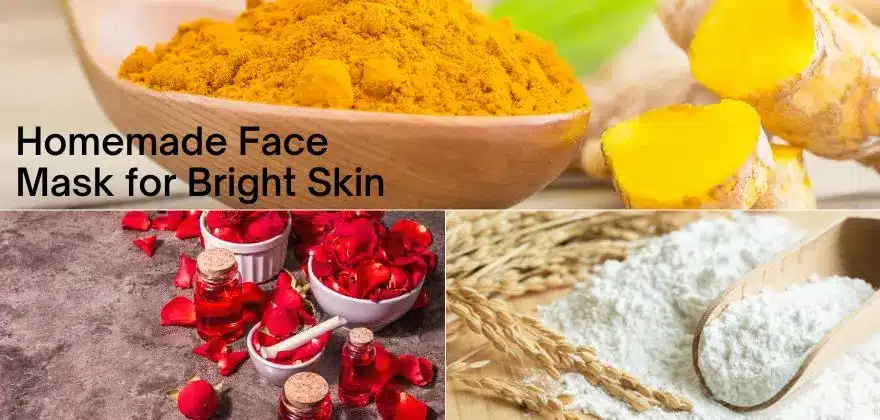DIY Baking Soda Scrub For Dark Spots

Ingredients:
- 4 Tablespoon of Baking Soda
- 2-3 teaspoons jojoba oil
- 3 Tea tree essential oil
- 4 drops of Lavender essential oil
Instructions:
Take a clean bowl and mix all the ingredients in it. Make a paste.
How to Use?
- Wash your face.
- Apply a Scrub on your clean skin.
- Massage the scrub on your face in a circular motion for 2 minutes.
- Leave the mask on your face for 5 minutes.
- Rinse it off with water.
- Dry your face and apply moisturizer.
- Repeat it twice a week for excellent results.
Do a Patch Test Before applying the scrub.
Know the scientifically proven benefits of JOJOBa Oil, Tea tree oil, and Lavender oil |


